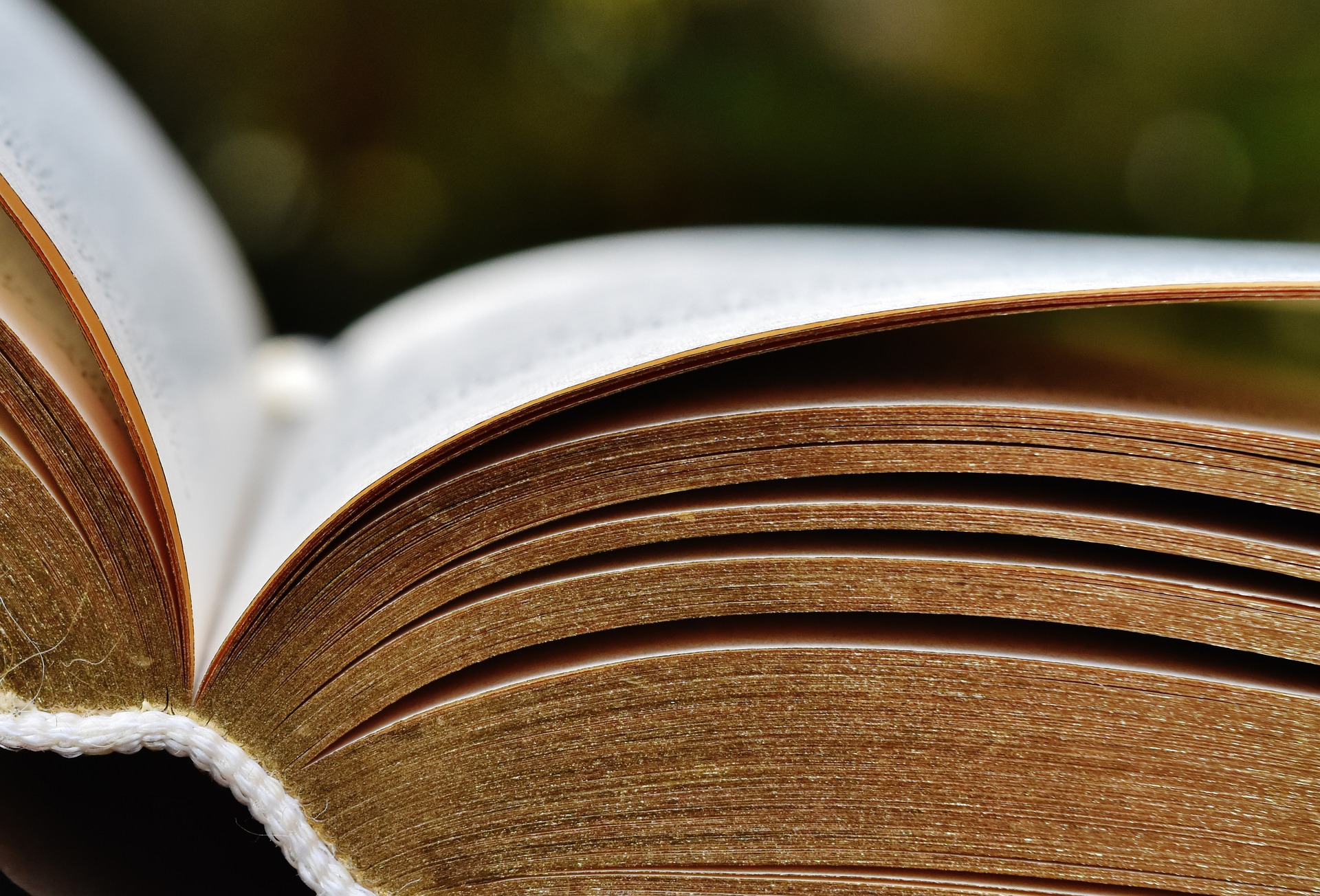
Why I Became Fascinated by a Teshuvah on Women and Mitzvot
Ever read something you knew was arcane but been fascinated by it nevertheless? Maybe you even wanted to discuss deeply like when you were back in school, not just as a shallow “share” on a social media post? Well, that was me about three and a half years ago when I read Rabbi Dr. Pamela Barmash’s 30-some-odd page teshuvah (legal opinion) on Women and Mitzvot. Yeah, I said I was excited by a long legal treatise. Occupational hazard of being me, a literate Jew, a philosophy minor, English major, with a J.D. Anyway, Barmash’s holding was at once simple and revolutionary: women were never properly exempted, excluded, or prohibited from-time bound mitzvot. The relegation of women to second-class status was a colossal misreading of Jewish texts.
The teshuvah asks if Jewish women are responsible for observing the mitzvot from which they have traditionally been excluded. Barmash argues both retrospectively and prospectively that women are in fact responsible to observe mitzvot.
If you’re wondering why I found the teshuvah interesting, wondering why I thought anyone else would want to discuss it, I’d certainly understand. After all, on the one hand, many Jews don’t feel particularly bound or obligated to mitzvot, so what difference does the teshuvah make? On the other hand, many Jews who abide by mitzvot are so entrenched to years of their genderedness that they would not necessarily be inclined to discuss or be persuaded by it either. Personally, I fall into the former category, feeling bound like the definition of “Rebecca” and like my family before me to mitzvot. I feel tethered to Judaism even as I know it is hard to reconcile with humanism, feminism and modernity. This tension I feel between being both bound and bothered makes it pressing for me that women count in a minyan, be included in the Amidah and recite the Shema. I take no comfort in the theology which patronizingly tells us that women are on a pedestal, so close to God, that they need not bother with mitzvot.
Perhaps unsurprisingly—after the high of my initial epiphany—I read the teshuvah a couple times and put it away.
About a month ago, an opportunity arose which brought the document to the fore of my consciousness again: A few friends were discussing whether and how to do a second Shabbat-appropriate woman-themed event timed to coincide with women’s marches all over the world January 20, 2018. Last year, the group had hosted Rabbi Abby Sosland to address us. This year, I debated with myself whether to raise Rabbi Barmash’s 2014 teshuvah to the group. After all, it was three years old, I hadn’t heard anything about it since, and it was a little arcane. My bolder self rose to the fore, and I suggested inviting her. Lo and behold, the others agreed. Even more miraculously, when we wrote to Rabbi Barmash—out of the blue—she agreed to make the trip to address our group and congregation as a scholar-in-residence during Shabbat.



